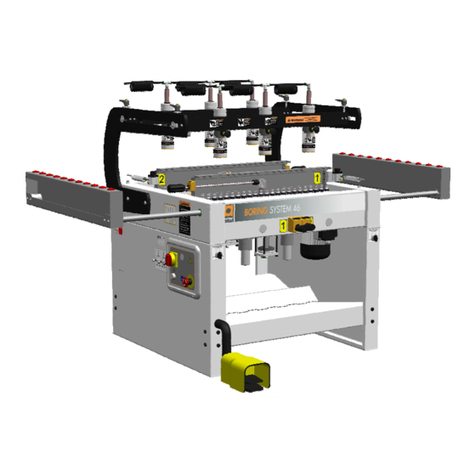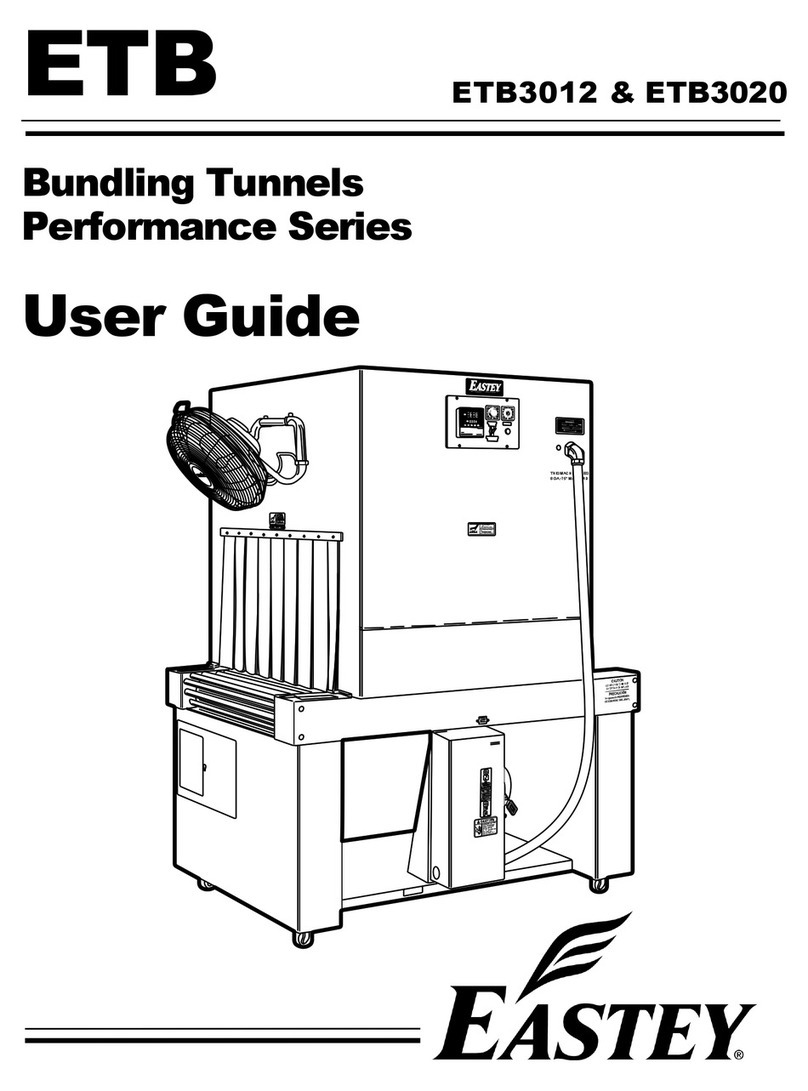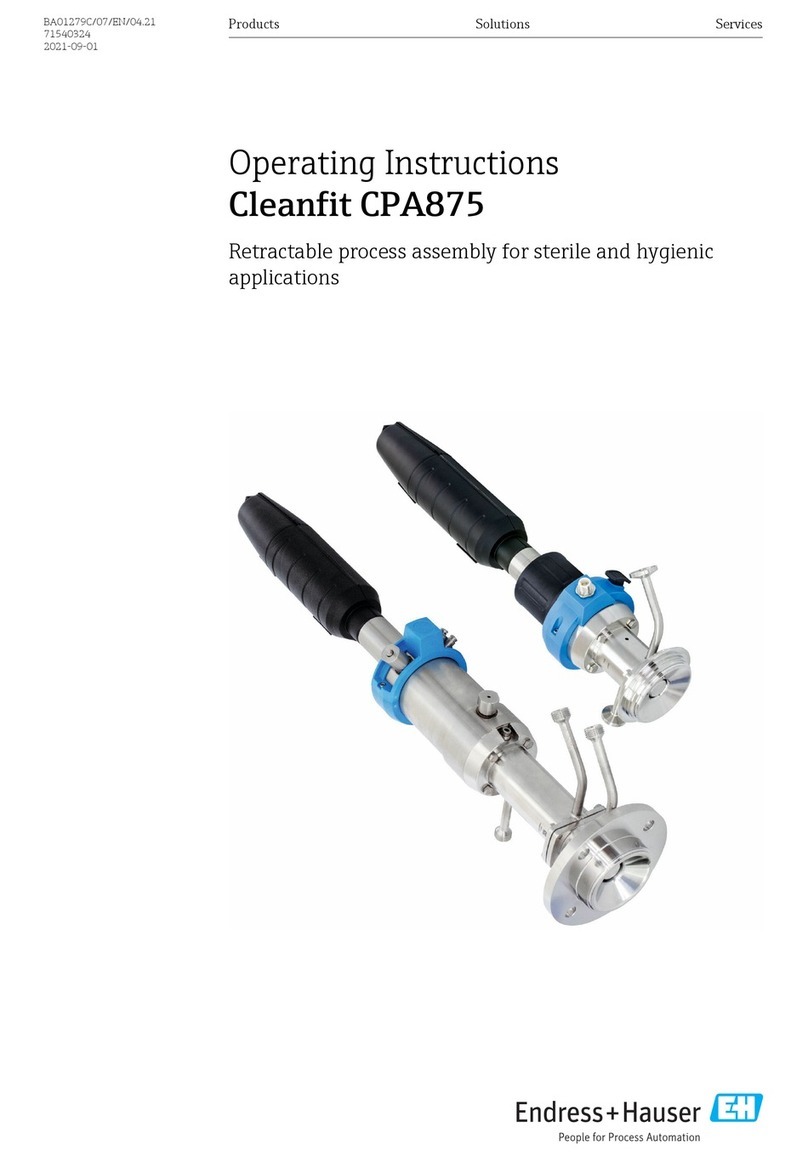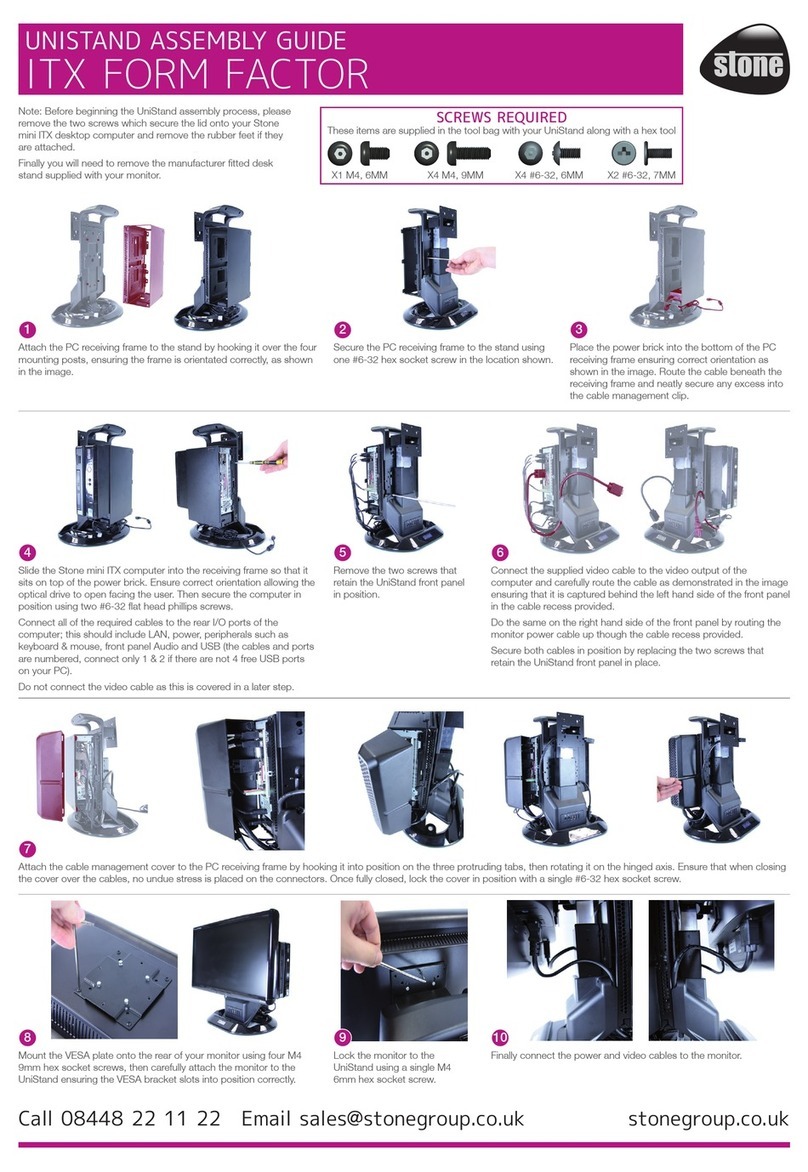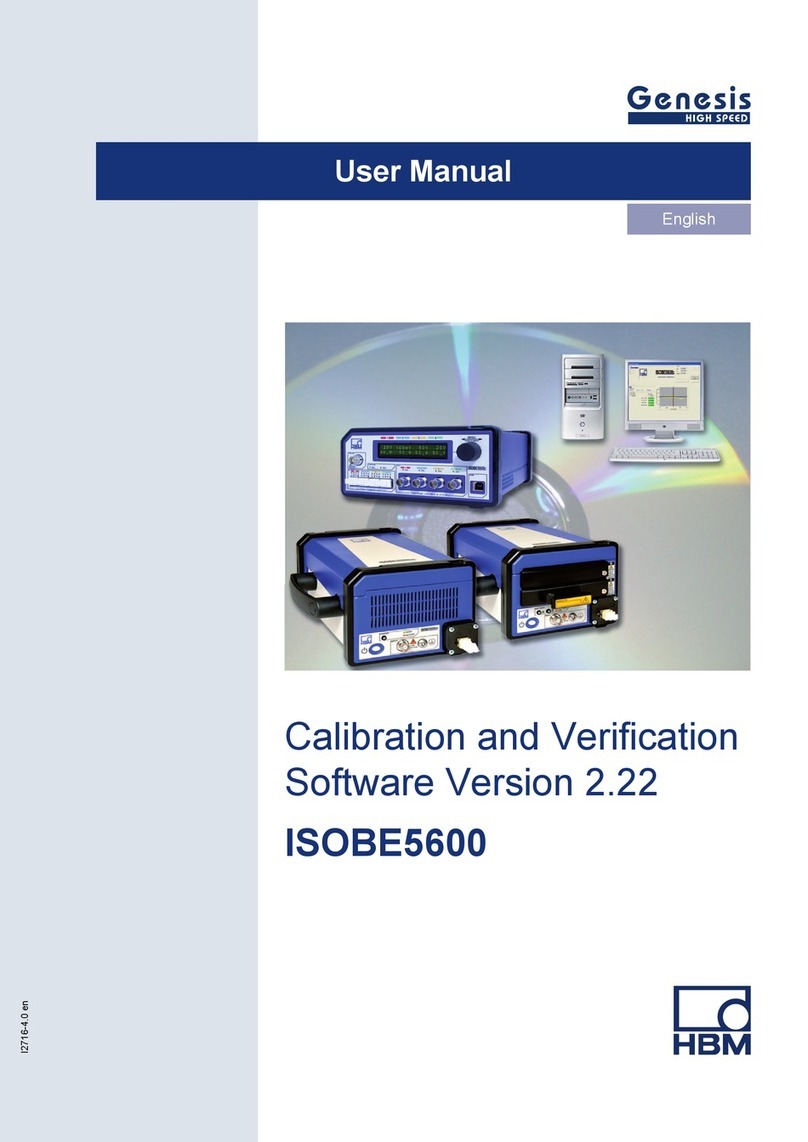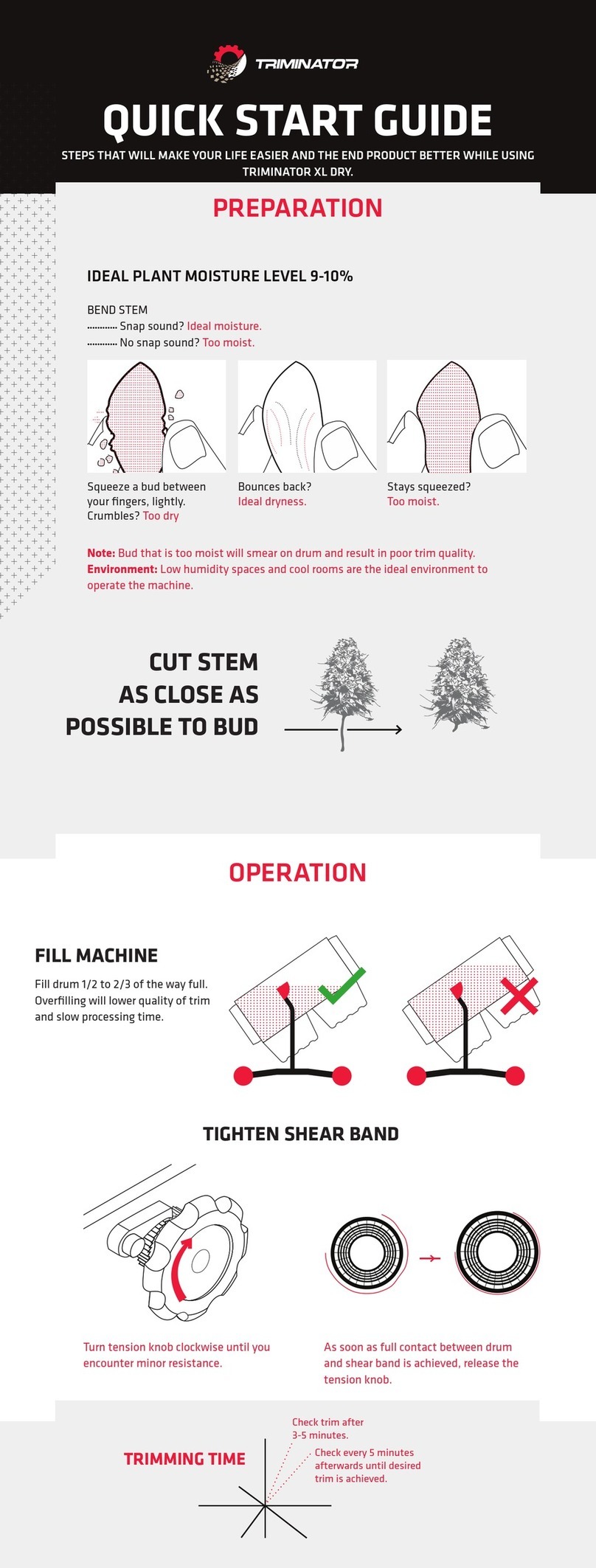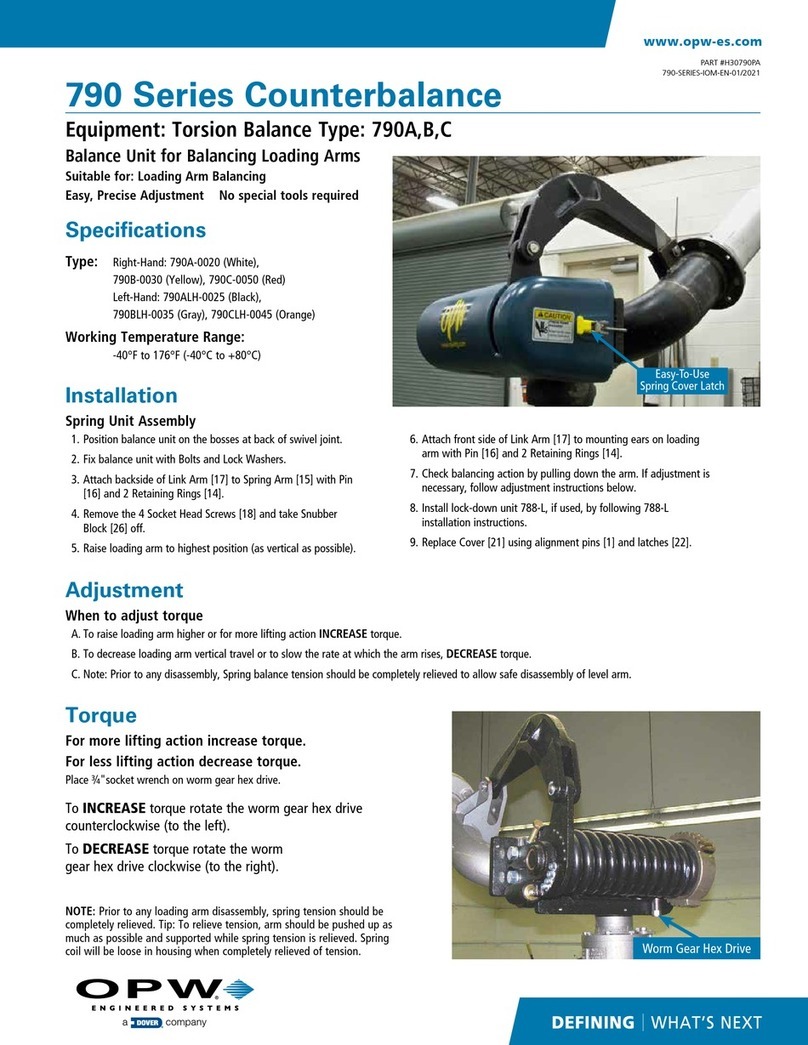Aeffe KEELCRAB PRO User manual

Before the drone utilization read
carefully the informations
contained in this paper and
consult the tutorials on our
website.
Maintenance
Assistance
KEELCRAB PRO
User's Manual
Tutorial
Features
DRONE
Keelcrab.com
© Aeffe srl,
All the rights reserved 2022

Hull inspection
Thanks to the camera and LEDs, Keelcrab also allows you to monitor and inspect the physical state
of the hull in perfect safety.
Thank you for purchasing
KEELCRAB PRO®
Fuel savings
A dirty hull increases fuel consumption by 20%.
Reduction of environmental impact
With a cleaner hull,you protect the environment by reducing CO2 emissions to a
minimum.
Performance improvement
The system allows optimal performance and reduces the effort of the mechanical and
engine components of your boat. Keelcrab PRO 2022 Iis developed to maintain with
standard brush and to clean with motorized vertical brush.
Reducing need for hauling
Will be less necessary (in the medium term) expensive and dangerous cleaning cycles of the hull
by hauling and launching the boat with relative application of antifouling agents.
2

INDEX
1.KEELCRAB PRO®..................................................................... 5
2.IMPORTANT MAINTENANCE NOTICE..................................... 6
3.USE OF KEELCRAB PRO............................................................... 8
4.REMOTE CONTROL........................................................................ 9
5.FLOATING LINE................................................................................ 10
6.HYDROSTATIC STRUCTURE................................................................ 12
7.INCLINATION OF THE CAMERA........................................................... 13
8.WI-FI CONNECTIVITY............................................................................... 14
9.ORDINARY MAINTENANCE........................................................................15
9.1 Motorized vertical brush Replacement .......................................................................... 16
3

INDEX
9.2 Brush Replacement................................................................................ 17
9.3 Keelcrab Bag Replacement....................................................................... 19
9.3 Keelcrab Bag Mounting................................................................................ 21
9.4 Propeller Cleaning........................................................................................... 23
9.5 Rubber Brush Replacement.............................................................................. 25
...
9.6 PVA-Wall Grip Sponges Replacement................................................................. 27
9.7 Floating Disc Replacement.................................................................................... 31
18
10.EXTRAORDINARY MAINTENANCE....................................................... 33
4

1.KEELCRAB PRO®
24VDC pump motor
24VDC traction motors
Movement speed: 0,36 meters / seconds
Weight (dry & out of water): 9.5 Kg
Standard power robot cable length: 20m
Remote control cable length: 7m
Warranty: 24 months or 500 hours
Cleaning capacity: 7 m ^ 2 / minute
TECHNICAL FEATURES
5
Optimal temperature for use: from 5 ° to 35 ° C.
Maximum depth of use tested by Aeffe ltd: up to 10 meters.
Suggested maintenance / ordinary service(suggested): 350 hours of use.
Second maintenance, extraordinary service (mandatory): 500 hours of
functioning.
INDICATIONS ON USE

2.IMPORTANT MAINTENANCE
NOTICE
Before each cleaning cycle: lay the cable completely (avoid knots or curls).
After the cleaning cycle: lay the drone cable before picking. Start picking it
up from the side of the drone.
During the cleaning cycle: all the cable completely in water.
Aeffe ltd is not responsible for any damage or injury that occurs at
any time and caused by poor maintenance.
To extend the life of the drone, the following maintenance operations
must be performed regularly:
1. Before and after each cleaning cycle, rinse the drone, brushes with fresh
(unsalted) water, the internal section, the wall grip sponges, the shaft and the
propeller.
2. Store the drone in a dry and sheltered place.
3. Power cable
6

2.IMPORTANT MAINTENANCE
NOTICE
IMPORTANT:
In case of non-execution of the ordinary maintenance as
mentioned in the previous points, Aeffe ltd will not be held
responsible for any future damage or injury to consumables
as well as mechanical, electronic or power elements.
7

3.USE OF KEELCRAB PRO®
Choose brush considering the hull condition: standard brush are
developed for hull maintenance, in case you need to clean and
remove not only the first layer of vegetation, but also the first
formation of barnacles, we suggest you to install motorized vertical
brush.
Lay the cable along its entire length.
Connect the electronics box to a 230/110 vac power source.
The robot is already “ON” once you switch on electronics box. In case
the drone pump does not turn on, the robot may need to be reset. To
reset the robot, turn off the power box and turn it back on after two
seconds.
8
HOW DRONE WORKS
Immerse the drone into the water using the handle on the back of the body as far
as possible.
To prevent the cable from getting caught in the protruding parts and to optimize
the cleaning process, clean one side (right or left) of the hull at a time.
This is the standard buoyancy set-up: each half-roll has four 2.5-centimeter
buoyancy discs and one 2-centimeter buoyancy disc. In case you need to change
the standard set-up, make a test removing/adding one or more discs.

4.REMOTE CONTROLLER
2) ACS button (Anti Cavitation
System)
This button is to be used to facilitate
submerging the drone below the waterline.
The function should be used whenever
problems arise with immersion of the robot.
9
3) Directional joystick
Use the joystick to guide the drone during the
cleaning process.
1) ON/OFF Display
Turn on the display after connecting the remote control cable to the electronics
box.
IMPORTANT: the new remote controller devices do not have
ON/OFF display. The drone is ready to work once you you switch
ON the electronic box.

4.REMOTE CONTROLLER 10
Power supply specifications out of range: flashing 8 times, repeats every 6
seconds.
Communication failure alarm with the remote control: flashes 7 times,
repeats every 5 seconds.
Engine hour counter alarm (limit of 500 hours reached): flashing 6 times,
repeats every 5 seconds.
Engine stop alarm: flashing 5 times, repeats every 4 seconds.
Overheating alarm: flashing 4 times, repeats every 3 seconds.
Motor overcurrent alarm: flashing 3 times, repeats every 3 seconds.
Hour counter warning (ordinary control 350 h): flashing twice, repeats every 2
seconds.
General warning of temperature rise: flashing once, repeats every 2 seconds.
4) Diagnostic indicator light
The following alarms are indicated by priority:
NOTES: When a warning is activated, the robot continues to work correctly.
When an alarm is activated, the robot stops working.

5.FLOATING WATERLINES 11
Lead the robot towards the waterline;
Using the lateral movement
When diving with the robot
To optimize the cleaning of the waterline, proceed as follows:
buttons (right / left), command
the robot to proceed along the
waterline until the cleaning
operation is completed;
suggested to go "back" with joystick
and use the ACS button to facilitate
the complete immersion of
the drone underwater.

6.CAMERA INCLINATION 12
1) Use an Allen wrench (Φ3 mm) to unscrew or tighten the screws of
the ring nut of the cam (especially by acting on the one placed higher
and the 2 lateral) until it matches the inclination of the desired visibility.

7.HIDROSTATIC STRUCTURE 13
A kit of spare floating discs is supplied in order to be able to replace
or adjust the hydrostatic set-up of the drone.
If one realizes the lack of buoyancy thrust (with the engine off) of the
drone, you add to the individual rollers (in all 4 and in a balanced
way in order not to vary the buoyancy thrust on one side only) one
disc of floating material at a time.
NB: to adjust the drone hydrostatic set-up is very important
because the buoyancy thrust change based on the type of
water (fresh or salt) and the type of boat (sailing or motor) on
which cleaning is performed.

1) Download WIFIAV-HD application
from Play Store or Apple Store.
2) Open the settings of your device by
selecting the generated wi-fi
network.
WIFI network name: KEELCRAB
3) Connect by entering the password:
KEELCRAB
4) Open the application
on your device.
8- WIFI CONNECTIVITY 14

9.ORDINARY MAINTENANCE 15
Motorized vertical brush
Brush
Bag
Propeller
Natural rubber brush
Wall-Grip
Led
Floating Disc
Read all the instructions carefully for correct periodic
maintenance of the following mechanical components:
IMPORTANT: In in each pdf manual you will find clickable images
with links to the video tutorial.

Motorized vertical brush is composed by two inset discs with a
diameter of 160 mm each, moved by a dedicated DC motor.
Available in two different levels of abrasion: nylon 0,70 mm and
stainless steel 0,15 mm.
Please follow carefully the video content "Vertical brush replacement
tutorial" on the right.
9.1 Motorized vertical
brush Replacement 16
WATCH VERTICAL BRUSH
REPLACEMENT TUTORIAL

Note: a Φ4 mm hex wrench (Allen wrench) is required.
1) Completely loosen both screws (right and left side) and remove the
brush body.
2) Remove the belts connected to the ends of the brushes.
3) Before installing the new brush, return the toothed drive belt to the
pulley and then check that the device rotates correctly (look at picture 3).
4) Insert the adjusting screws and tighten it completely with force.
9.2 Brush Replacement 17
WATCH BRUSH REPLACEMENT
TUTORIAL

9.2 Brush Replacement 18
1 2
3 4

1. Open the two filter locks before removing the filter holder.
2. After placing the filter holder rods in a vertical position, remove the
valve (see figure 2).
3. Empty the bag and clean it, or replace it.
4. Refit the valve on the filter holder and position the rods in a
horizontal position.
5. Reinsert the filter holder by fitting it between the filter locks.
9.3 Bag Replacement 19
WATCH BAG REPLACEMENT
TUTORIAL

9.3 Bag Replacement 20
1 2 3
4 5
Table of contents
Popular Industrial Equipment manuals by other brands
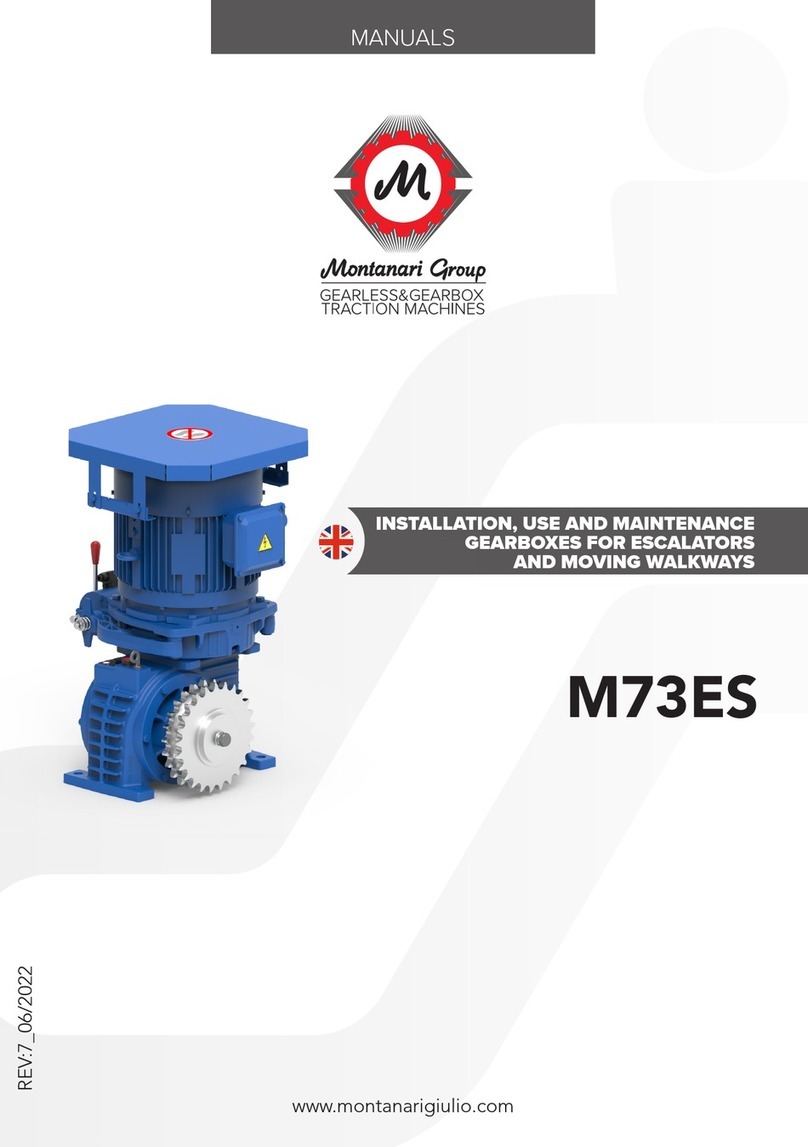
Montanari Group
Montanari Group M73ES Installation, use and maintenance guide
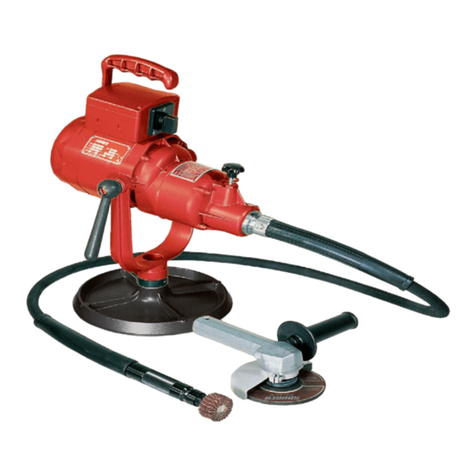
SUHNER
SUHNER ROTOFIX STM operating instructions
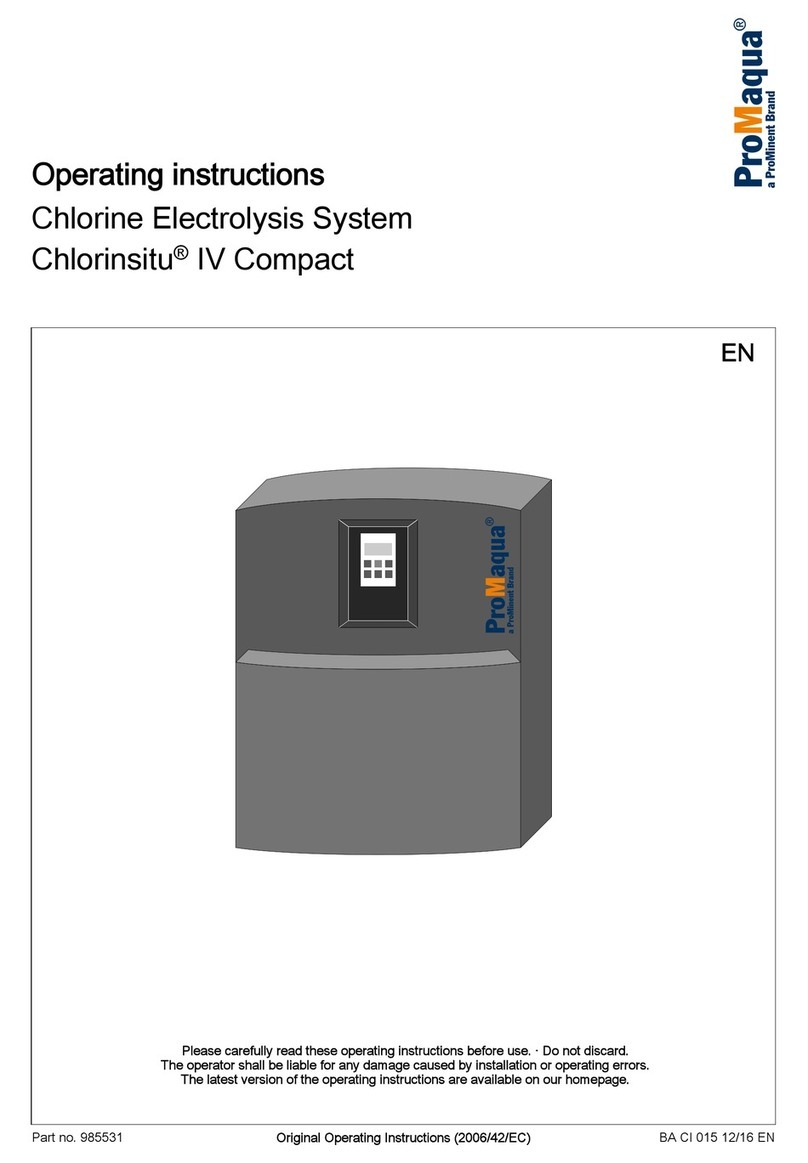
ProMinent
ProMinent ProMaqua Chlorinsitu IV Compact 25 operating instructions

ALFRA
ALFRA KFT 500 operating instructions
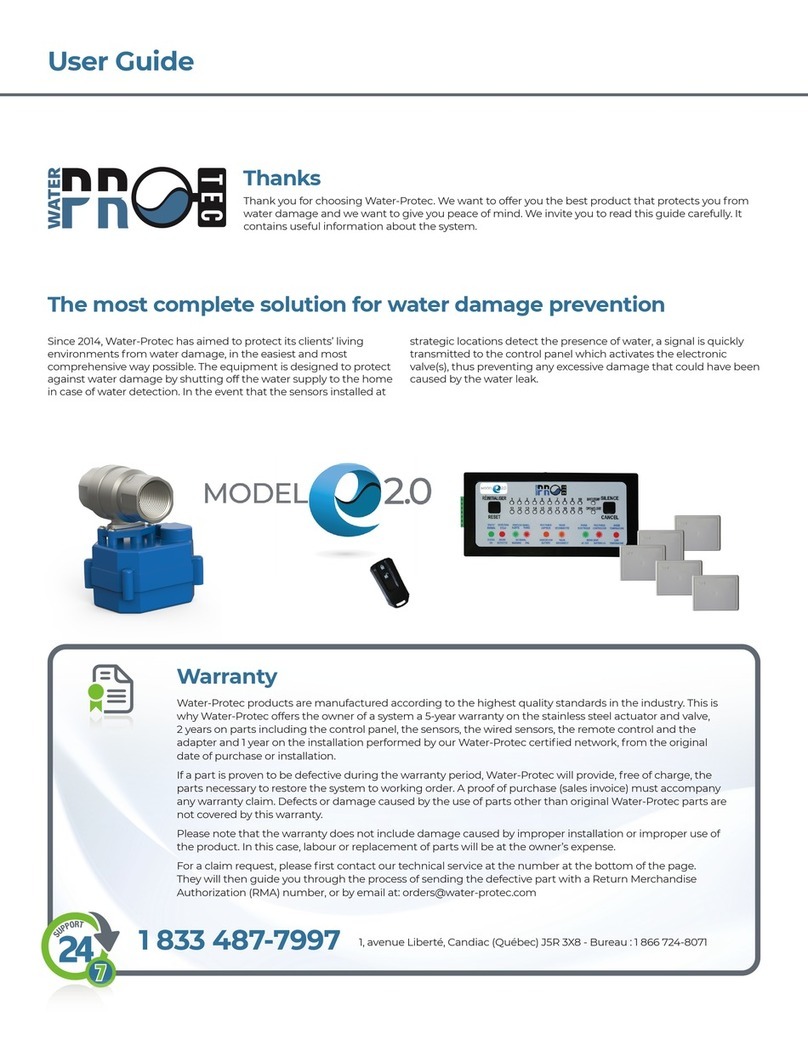
Water Protec
Water Protec E 2.0 user guide
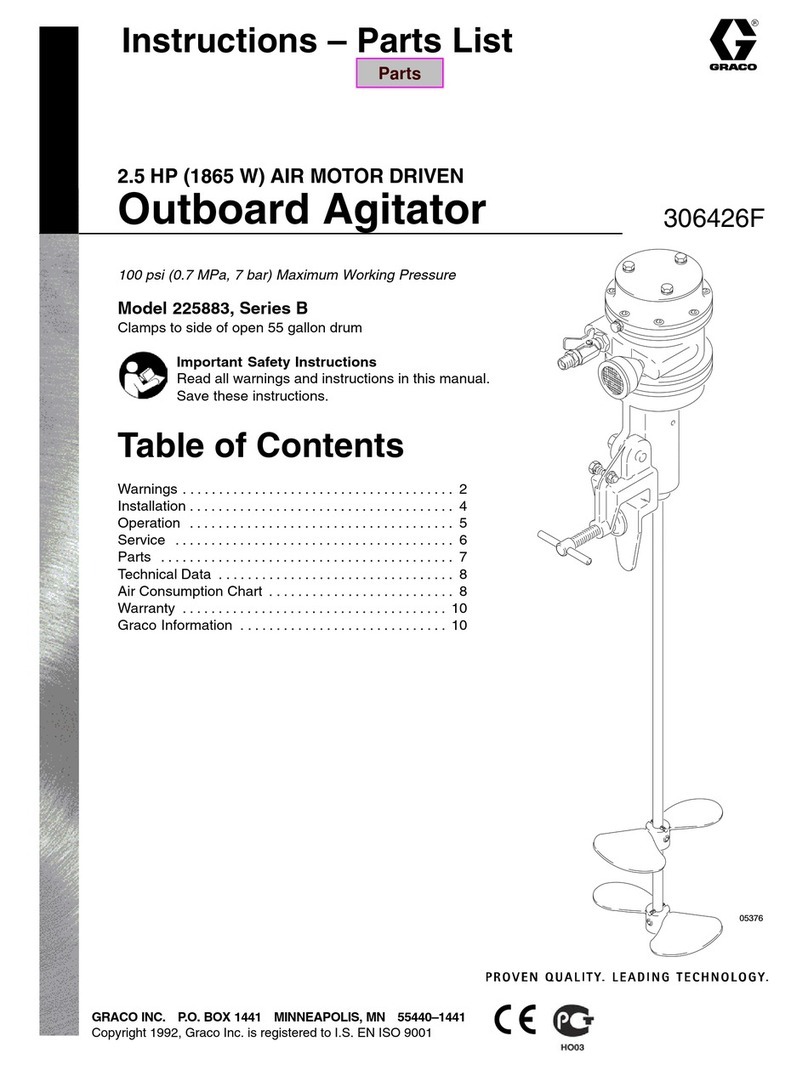
Graco
Graco Series B instructions
